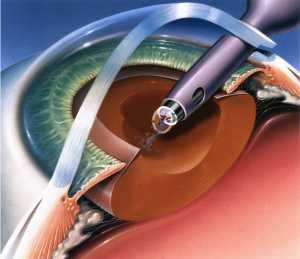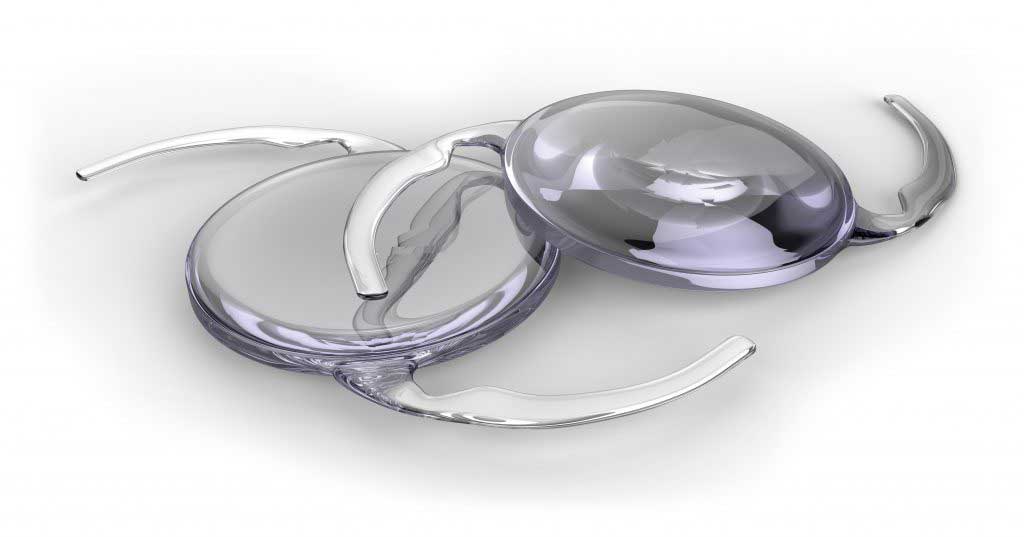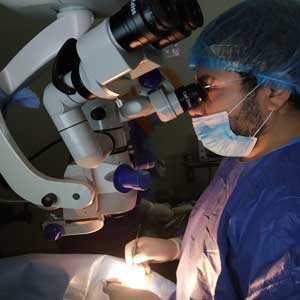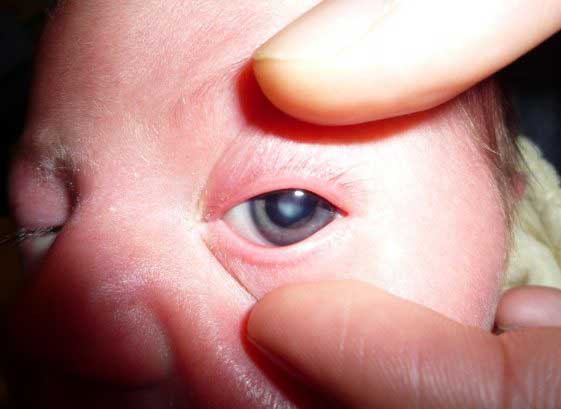Glaucoma is an acute or chronic rise in intraocular pressure that causes atrophy of the optic nerve, which is responsible for delivering the image from the eye to the brain to complete vision.
It is called a silent killer of sight because most of the time the patient does not complain about it and is only discovered by chance. About 2% of people suffer from this disease (and this percentage increases in our African countries)
Glaucoma is a high intraocular pressure. So what is the normal pressure of the eye?
The presence of pressure in the eye is important for its life, vascularity and proper functioning. Each eye has its own normal pressure that does not affect the eye nerve but in general the normal average intraocular pressure is between 12 degrees and 21 degrees.
Increasing intraocular pressure more than that sometimes exposes her to complications of glaucoma.
Can glaucoma occur in the presence of normal intraocular pressure?
As mentioned above, normal intraocular pressure can reach 21 degrees, but in some sensitive eyes, damage to the optic nerve occurs even in the presence of intraocular pressure less than this number, and this is called Normal Tension Glaucoma (NTG).
How does glaucoma occur?
There is an imbalance between the secretion of ophthalmic fluid, which maintains intraocular pressure, and its discharge from the lateral corner of the eye, which increases intraocular pressure and damage occurs to the optic nerve.
An optic nerve like an electrical cable is made up of nerve fibers. Continuous atrophy of these nerve fibers occurs related to high intraocular pressure, which leads to their loss and consequently the decline of the field of vision
Some of my family members have glaucoma, am I at risk of glaucoma?
Yes, glaucoma is somehow a genetic disease that affects one family member increases the likelihood of others being infected.
If a history of glaucoma is available, all family members should be examined periodically.
Am I at risk of glaucoma?
The risk of glaucoma increases in the following cases:
-
- If you have a history of a relative who had glaucoma
- If you turn 40
- If you are of African or Asian descent
- If you have visual impairment such as nearsightedness or farsightedness
- If a previous direct eye injury has occurred
- Long-term exposure to certain medications such as cortisone
- If the cornea is thinner than normal
- If you suffer from chronic diseases such as diabetes, migraine or high blood pressure
What are the symptoms of glaucoma?
There are usually no symptoms of glaucoma until its later stages because it first affects the peripheral visual field without a decrease in visual acuity. Unfortunately in the very late stages of glaucoma, serious and irreparable damage has been caused.
Some rare types of glaucoma can occur suddenly severely: they lead to a sudden rise in intraocular pressure with severe low vision and severe headaches
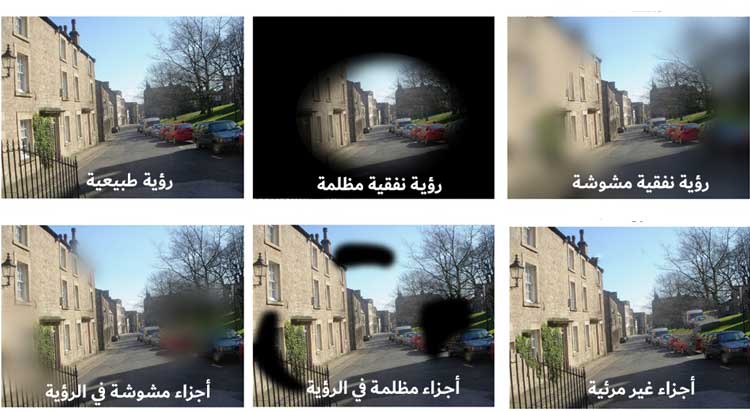
Is a headache or blurred vision required for a diagnosis of glaucoma?
Headache or decreased vision is not required to detect glaucoma in the name of the silent killer of the eye, meaning that it occurs hidden without symptoms until its late stages
So how is glaucoma diagnosed?
Diagnosis is based on careful examination of the eye, optic nerve and angle of the eye
Examination techniques such as: vision telegramme and optical nerve tomography are used. These radiology, in addition to diagnosis, aims to follow the progression of the disease during the months and years, which mainly determines the quality and efficiency of the treatment used.
Should glaucoma be monitored and what is the required period between the examination?
Certainly, continuous follow-up is the secret of success in controlling glaucoma, as the disease often has no symptoms, its development is consequently asymptomatic.
We will follow up and do the necessary tests when needed to check on you
Generally, visits intensify at the first diagnosis of the disease every several weeks, but the duration of the visit is prolonged when the disease is stable and the eye pressure is checked to every year or two at most (provided that the disease is fully controlled for a long time).
What is the goal of glaucoma treatment?
The primary goal of glaucoma treatment remains to stop damage to the optic nerve. Meaning that the dead part of the nerve cannot be revived, but the treatment aims to reduce the intraocular pressure to safe limits so that there is no new death of the nerve fibers.
How is glaucoma treated?
Intraocular pressure can be lowered either by a drug treatment such as the use of drops or lasers, or the need for an operation such as a bypass to make a subsclera bubble, widening the corner of the eye, or installing a valve to filter the eye fluid.
One of these treatments is used either or together to reach the ideal intraocular pressure.
And can drops cure glaucoma definitively?
The use of drops alone can be sufficient in some patients to control glaucoma. But it can be insufficient to reach safe intraocular pressure in others, and in this case it is possible to resort either to lasers or to surgical procedures.
Sometimes after glaucoma surgery, the patient may need to reuse the drops again… The goal is always to keep the intraocular pressure safe by all means.
If I undergo glaucoma, does that mean that I am cured of glaucoma and will never need follow-up or treatment?
All glaucoma operations aim to reach safe intraocular pressure. It is true that success rates are high, but this does not mean a cure for glaucoma. Glaucoma is completely curable, but we can control it only to stop the loss of the optic nerve.
After surgery, you will have to follow up continuously to make sure that the new synthetic pathways are efficient and that your intraocular pressure is suitable for you.
Some patients will need to use some drops again, laser work, or other pressure control surgeries.
Will I lose my sight as a result of glaucoma?
Unfortunately, glaucoma is the cause of irreparable vision loss. Therefore, the best is to detect the disease early and always control it for further deterioration.
Can glaucoma be prevented?
It is not possible to prevent a disease that is inevitable, but if you have some risk factors for the onset of glaucoma, such as having a family history of glaucoma, the presence of myopia, farsightedness, or some medical conditions that increase the risk of glaucoma, the solution is always periodic examination for early diagnosis and treatment.
Can I drive my car with glaucoma?
If the field of vision does not recede from 120 degrees, you can renew your driver’s license and practice it.
In advanced glaucoma and reduced field of vision, the driver’s license cannot be renewed or practiced.
Can glaucoma occur in children?
Certainly, there are special types of congenital glaucoma that occur in newborns or children. This can be detected with a large cornea, bluish color, constant tears, or light sensitivity by the child.
A glaucoma consultant should be consulted immediately at these events.


